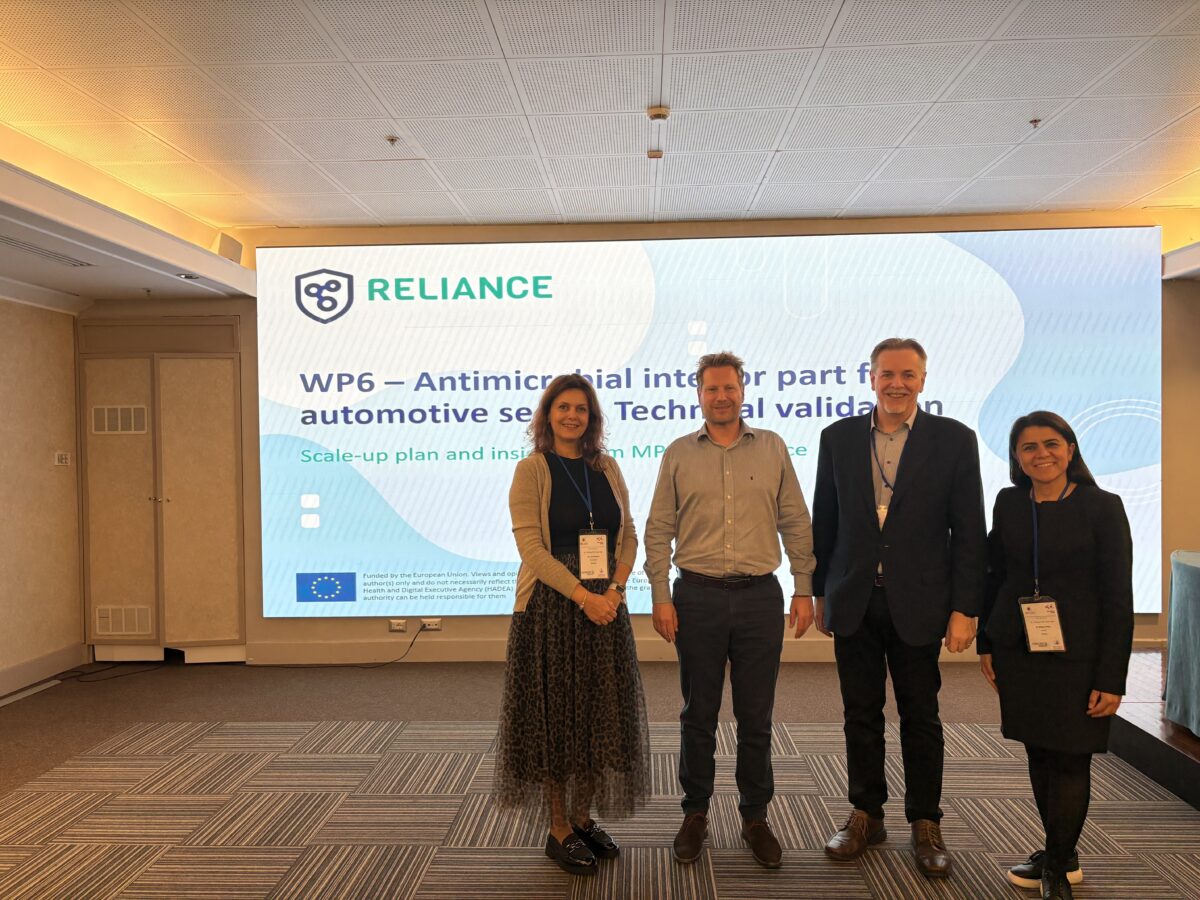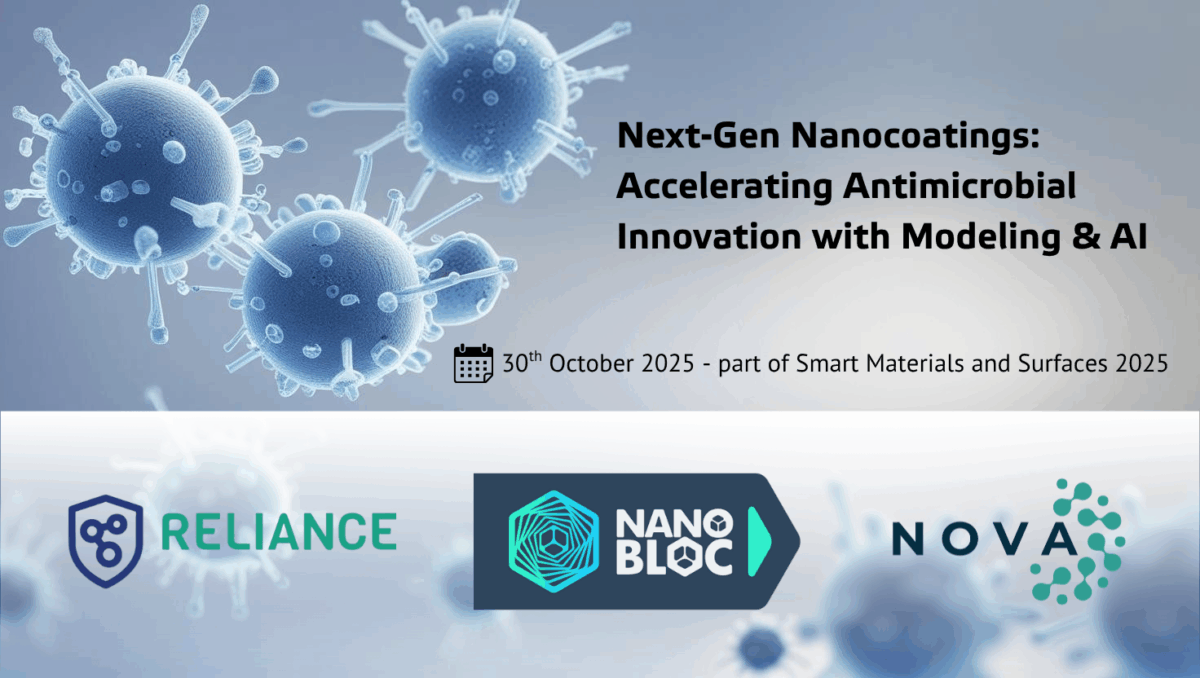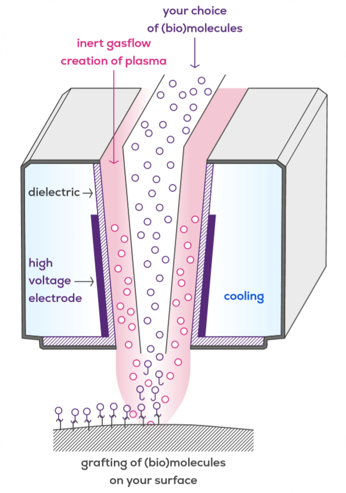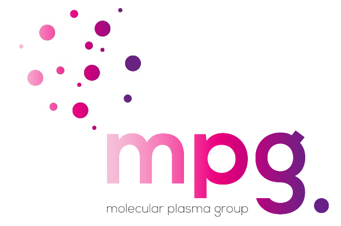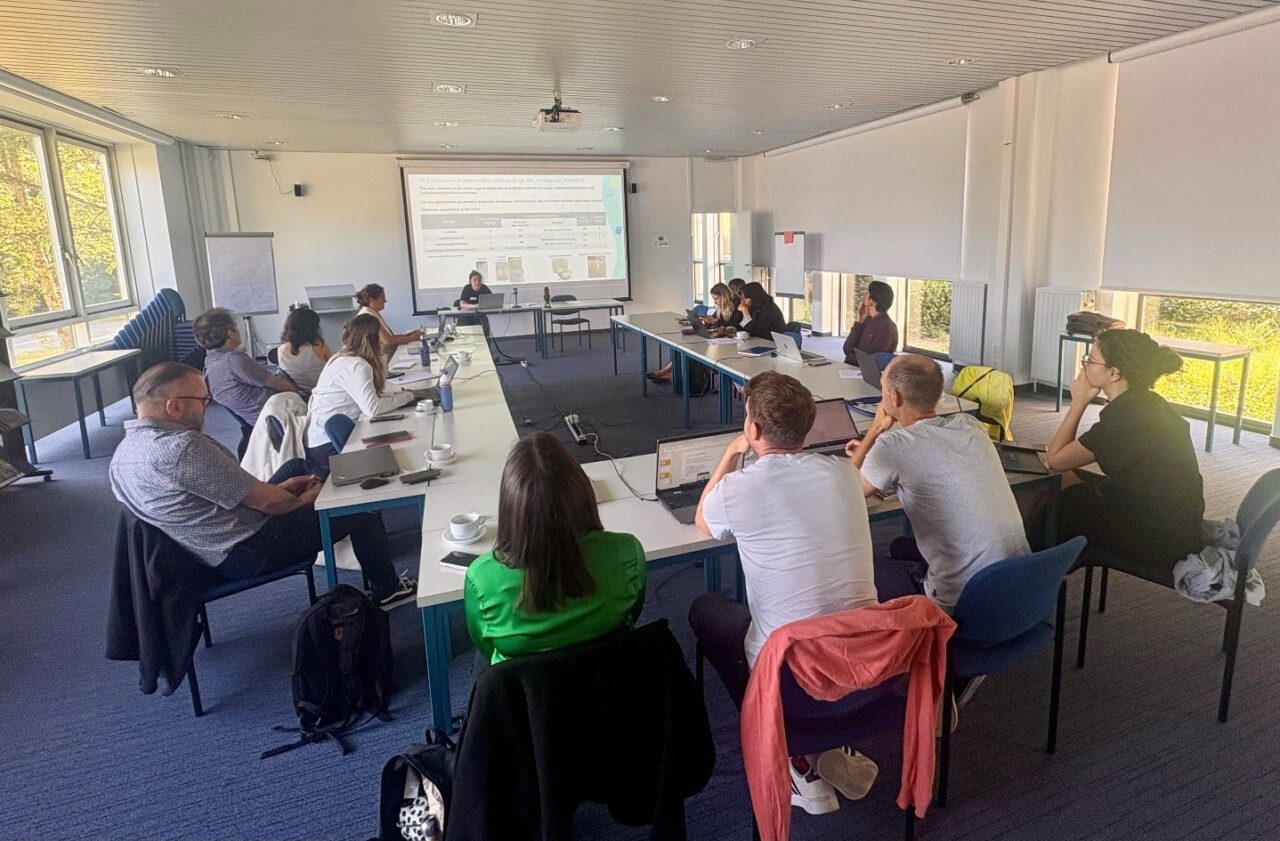From 23 to 25 November 2025, the 25th European Meeting on Environmental Chemistry (EMEC25) took place in Chania, Crete (Greece), bringing together leading experts in the field of environmental chemistry. The international conference gathered 184 participants from 36 countries, featuring an extensive scientific program with 3 Plenary Lectures, 13 Keynote Lectures, 36 Oral Presentations, 31 Flash Presentations and 94 Poster Presentations – a clear validation of the event’s high scientific competence and growing global relevance.
Among the invited speakers was Prof. Fabiana Arduini from the University of Rome Tor Vergata, a key partner in RELIANCE. As a Keynote Speaker, Prof. Arduini delivered a lecture titled “Paper-based electrochemical (bio)sensors for sustainable analyses in the environmental sector,” showcasing the innovative research carried out by her group on sustainable sensing platforms.
During her talk on 24 November, Prof. Arduini presented advances in paper-based electrochemical devices, detailing their structure, functionality, and broad application potential. Thanks to the porous nature of paper and its compatibility with printing technologies, her team develops sensors that integrate multiple analytical functionalities directly into a low-cost, lightweight, and easily manufactured substrate. This approach enables on-site environmental analysis, minimizing sample handling, reducing procedural complexity and improving access to real-time monitoring across diverse environmental matrices.
A highlight of the presentation was the demonstration of a reagent-free printed electrochemical sensor, modified with carbon black nanomaterial, capable of detecting essential oils across liquid, solid and aerosol samples. By leveraging the intrinsic porosity of paper, the sensor incorporates the necessary reagent and manages microfluidics without external pumps or additional sampling systems – showcasing a powerful example of sustainable sensor engineering.
Prof. Arduini’s contribution to EMEC25 enriched the scientific discussions and underscored the relevance of RELIANCE research activities in advancing next-generation analytical tools that could also be applied in environmental monitoring. Her keynote highlighted how paper-based electrochemical sensors open new pathways for simple, portable and sustainable analyses – offering unprecedented applications, such as the detection of essential oils in complex environments.
The participation of Prof. Arduini and her team demonstrated their commitment to pushing the boundaries of environmental sensing and to supporting Europe’s transition toward more sustainable and accessible analytical technologies.





